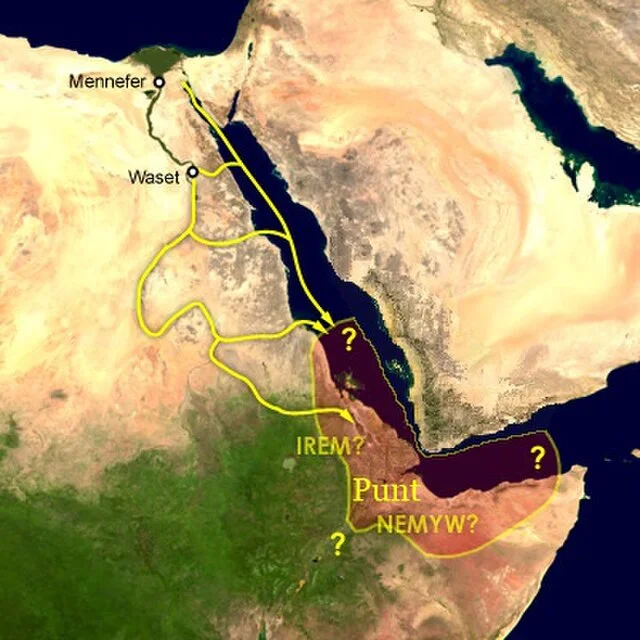The Land of Punt is one of the most mysterious regions of ancient history. It is frequently mentioned in ancient Egyptian texts. The Egyptians considered it a rich and exotic land, famous for its wealth in resources, such as gold, myrrh, ebony, and wild animals. Scholars have debated its exact location for centuries, but evidence suggests it may have been in the Horn of Africa or southern Arabia.
Get your dose of History via Email
Egyptian Expeditions to Punt
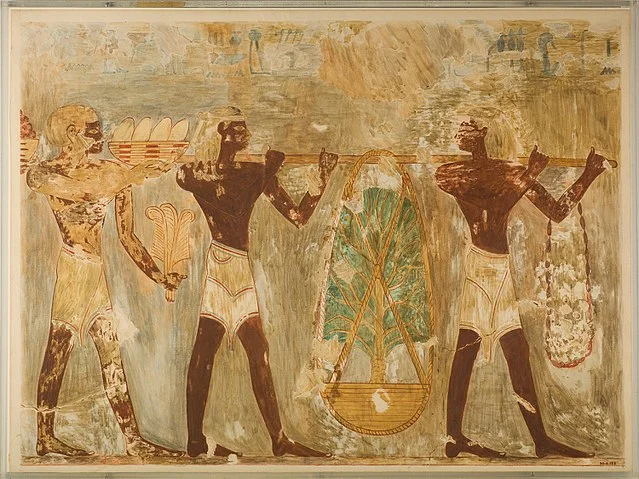
The first known expedition to Punt occurred during the reign of Pharaoh Sahure in the 25th century BC. The records indicate that Sahure sent ships to Punt to collect goods and riches. However, the most famous voyage took place during the reign of Queen Hatshepsut around 1479–1458 BC. Her expedition is depicted in great detail in the mortuary temple at Deir el-Bahari. This mission brought back valuable items, including incense, gold, and living myrrh trees, which were planted in her temple complex.
These expeditions reveal Egypt’s extensive trade network with Punt, indicating that the journey was long and difficult. Despite this, the Egyptians maintained trade with Punt for centuries, suggesting that the rewards far outweighed the risks.
Location of Punt
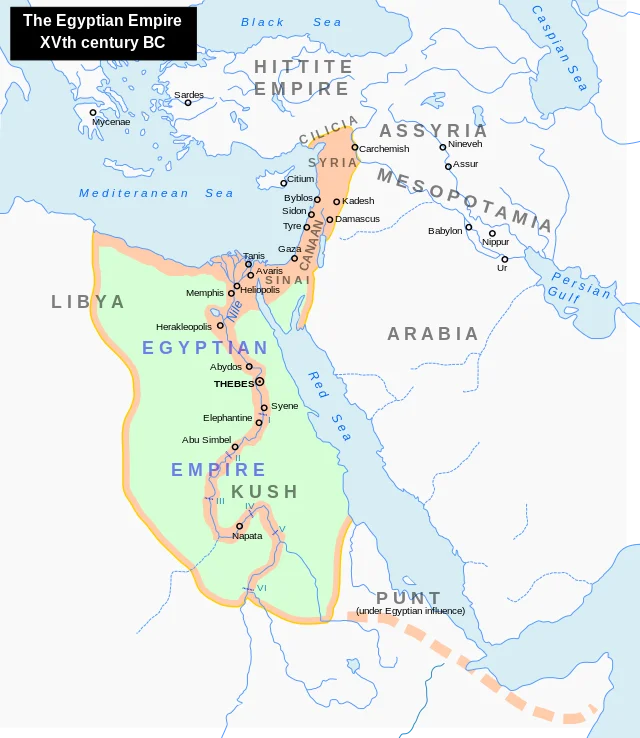
The exact location of Punt remains a subject of debate among historians and archaeologists. Some suggest it was located in present-day Somalia, Eritrea, or Sudan. Others argue it might have been in southern Arabia. The Egyptian texts describe Punt as a land of abundant natural resources, but they do not specify its geographical location.
Archaeological evidence is scarce. However, inscriptions, reliefs, and depictions in Egyptian temples give us clues. The Egyptians portrayed Punt as a place with lush vegetation and diverse wildlife, further suggesting it was in a region rich in natural resources. Additionally, the presence of specific animals, like baboons and giraffes, hints at a location in the Horn of Africa.
Economic Importance of Punt
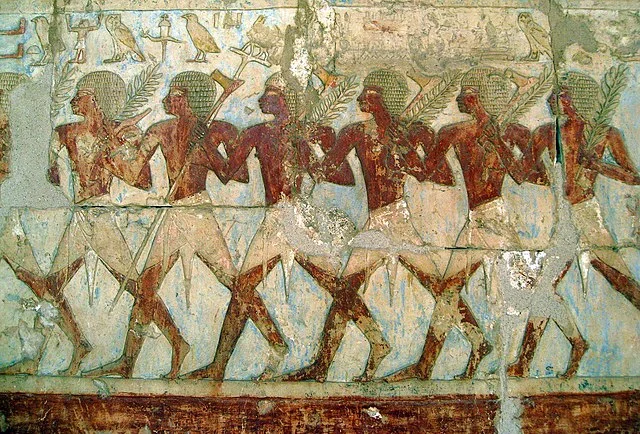
The Land of Punt was essential to Egypt’s economy. It provided goods that were highly valued in Egyptian society, particularly myrrh and frankincense, which were used in religious ceremonies. Other luxury items from Punt included ivory, gold, and precious woods. Egypt’s ability to secure these resources contributed to its wealth and power during the New Kingdom.
Trade with Punt also strengthened Egypt’s maritime capabilities. The voyages to Punt were large-scale naval operations, requiring advanced shipbuilding skills and navigation techniques. This maritime activity helped Egypt expand its influence along the Red Sea coast and beyond.
Religious and Cultural Significance
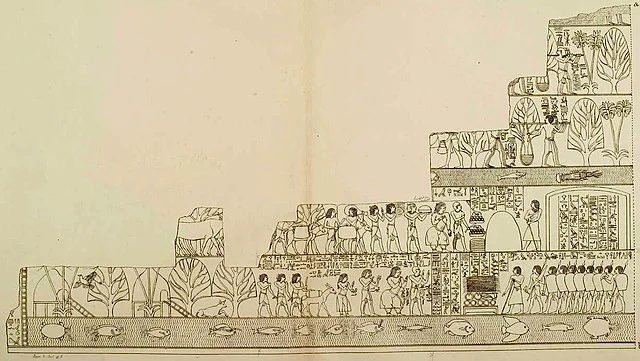
Punt held significant religious and cultural importance for the Egyptians. The goods from Punt, especially incense, were crucial in religious rituals. Incense was burned in temples to honor the gods, and myrrh was used for embalming and other ceremonial purposes.
Queen Hatshepsut’s expedition to Punt was depicted as divinely ordained, with inscriptions stating that the voyage was commissioned by the god Amun. This divine association suggests that Punt was not only a commercial partner but also held a spiritual significance in Egyptian culture.
Conclusion
The Land of Punt remains an enigma in ancient history. While much is known about its trade with Egypt, its exact location and broader influence remain uncertain. Despite this, Punt’s importance to Egypt’s economy and culture is undeniable. Its resources contributed significantly to Egypt’s wealth and power during the New Kingdom, and the expeditions to Punt demonstrate Egypt’s extensive trade network. Though scholars continue to debate Punt’s location, its legacy as a source of wealth and mystique lives on in the annals of history.
Source:

